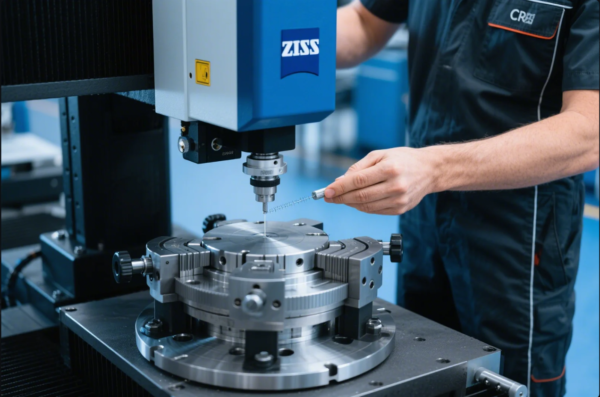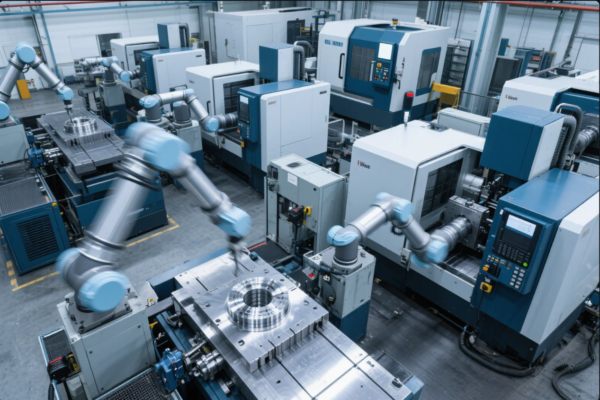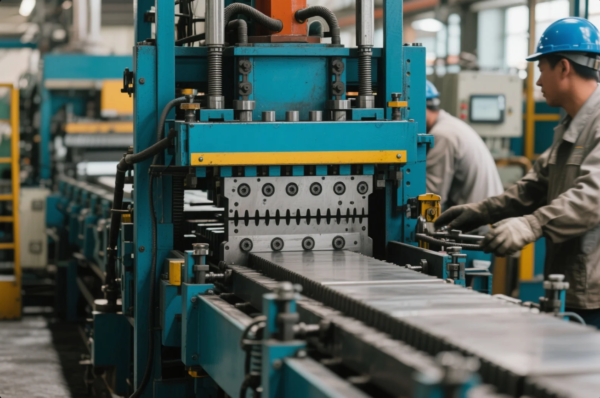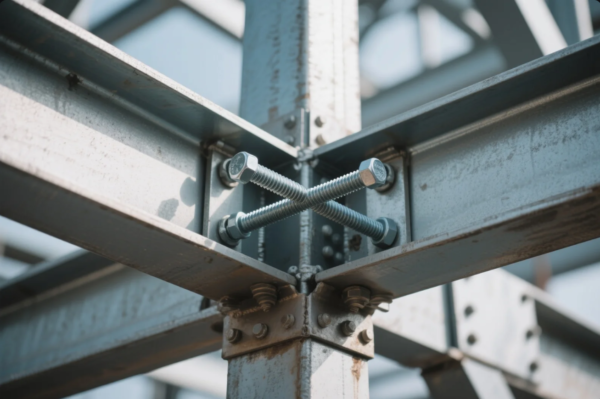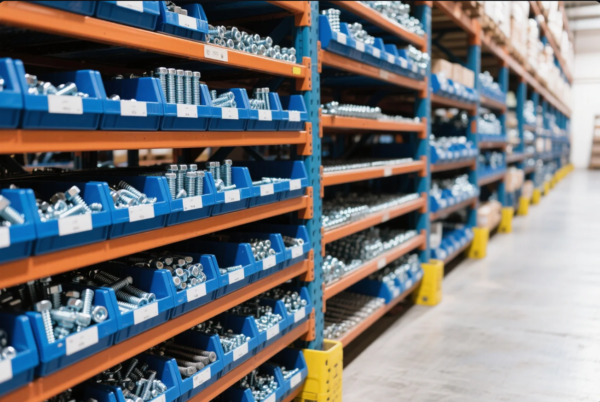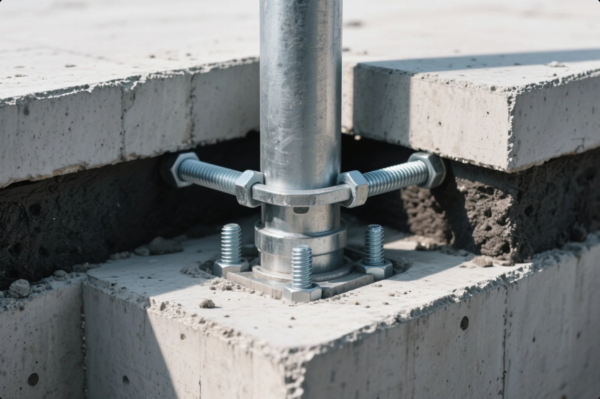Will JB Weld Hold Aluminum Together?
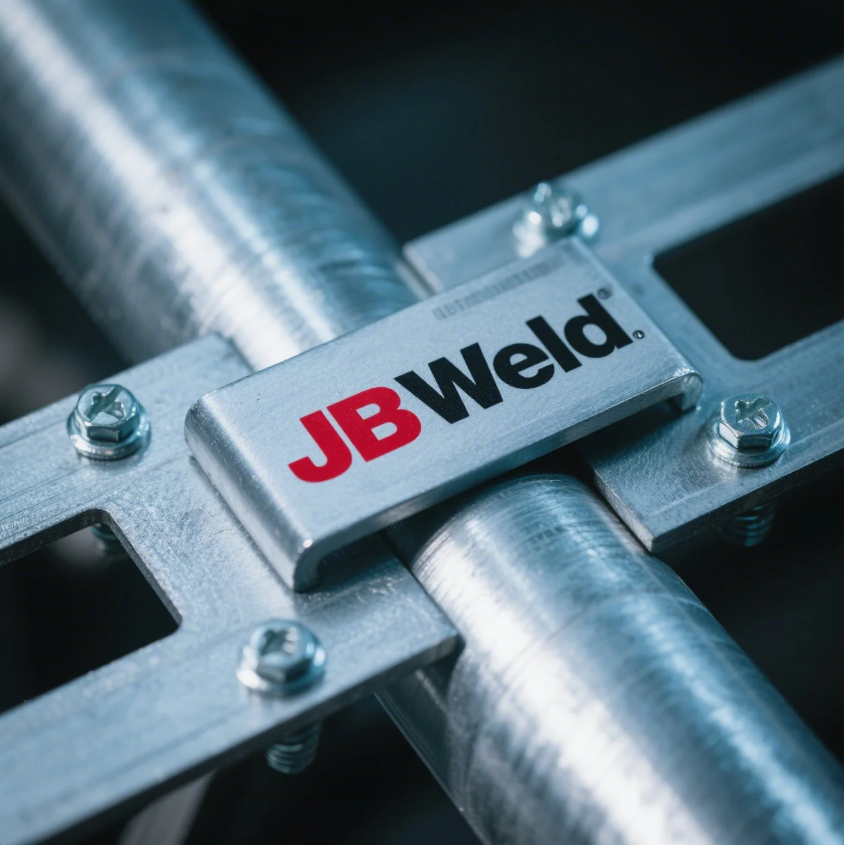
Gluing aluminum sounds simple—until it fails under pressure or heat.
Yes, J-B Weld can bond aluminum, but only for low-stress, non-structural applications.
Let’s look at when epoxy is a viable solution—and when only proper welding will do.
Does J-B Weld adhere to aluminum?
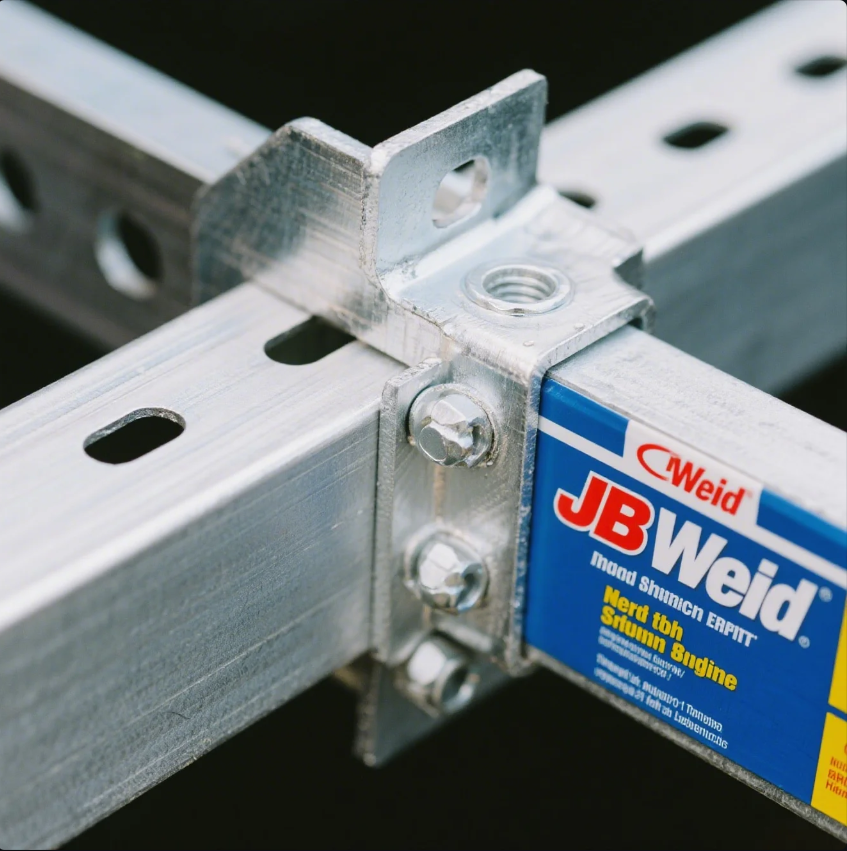
Many try using J-B Weld on aluminum and get mixed results.
Yes, J-B Weld adheres to aluminum, but only if the surface is properly prepped and not under extreme stress.
How J-B Weld works on aluminum
J-B Weld is a two-part epoxy that creates a chemical bond with metals after curing. It sets hard, resists moderate heat, and handles low-pressure mechanical forces.
But aluminum’s smooth surface and natural oxide layer make adhesion more difficult unless carefully prepped.
Table: J-B Weld Properties on Aluminum
| Property | Performance |
|---|---|
| Max Strength | ~5,000 PSI |
| Max Temperature | 500°F (260°C) |
| Cure Time | 15–24 hours |
| Sandability | Yes |
| Water Resistance | High |
At Prime, we sometimes use J-B Weld for temporary fixtures or prototypes, but for final products, we rely on TIG or MIG for full strength and durability.
How do you bond aluminum to aluminum without welding?

Welding isn’t always an option—especially for repairs or custom assembly.
To bond aluminum without welding, use high-strength epoxy, mechanical fasteners, or structural adhesives.
Best non-weld methods to join aluminum
In our experience with global clients, these are the most effective non-welding solutions:
- Two-part epoxy adhesives – like J-B Weld or Loctite EA 9460
- Mechanical fasteners – bolts, rivets, or self-tapping screws
- Structural acrylic adhesives – especially for automotive or panel bonding
- Aluminum brazing – for light-duty joining with filler metal
Each method has pros and cons depending on the stress, temperature, and environment.
Table: Non-Weld Aluminum Bonding Options
| Method | Strength | Heat Resistance | Ease of Use |
|---|---|---|---|
| Epoxy (J-B Weld) | Moderate | Up to 500°F | Easy |
| Acrylic Adhesive | High | ~350°F | Requires clamps |
| Mechanical Fasteners | Very High | Very High | Needs drilling |
| Brazing | Medium | ~1100°F | Requires torch |
At Prime, we help customers design aluminum assemblies using fasteners and bonding for lightweight builds, often combining with CNC aluminum brackets we produce in-house.
What is the best epoxy for aluminum?
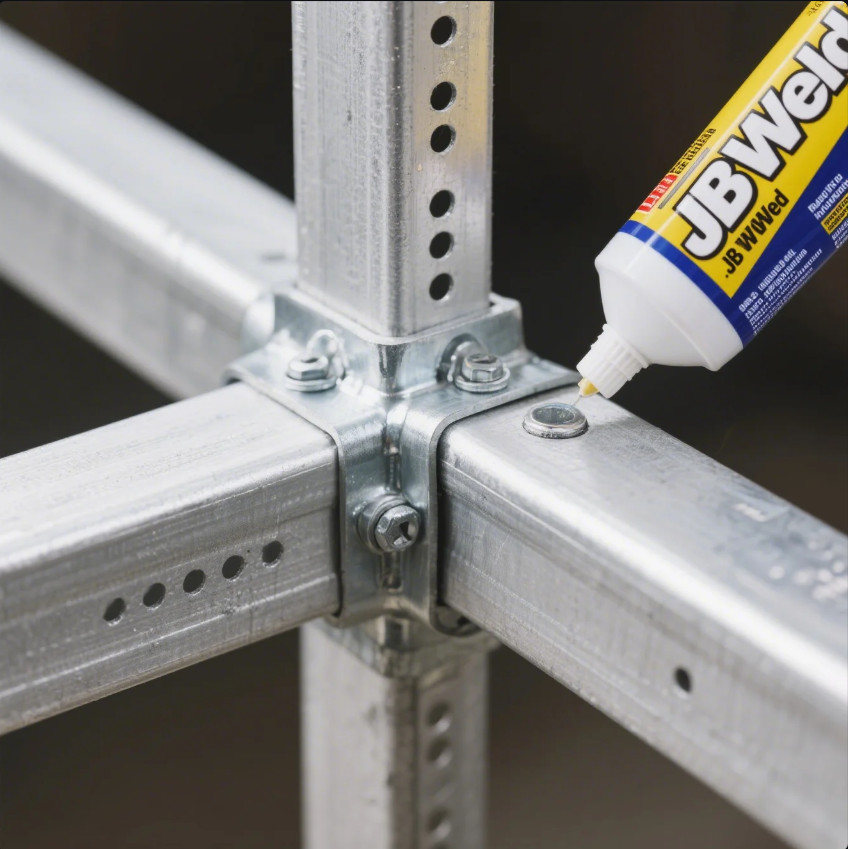
Not all epoxies are created equal—some fail under temperature or vibration.
For bonding aluminum, use epoxies designed specifically for metal with high tensile strength and thermal resistance.
Recommended aluminum epoxies
From all the adhesives we’ve tested at Prime, the top performers include:
- J-B Weld Original Cold Weld – trusted for general bonding
- Loctite EA 9460 – structural-grade, industrial strength
- 3M Scotch-Weld DP420 – flexible, vibration-resistant
- Permatex Metal Epoxy – easy for consumer use, good for small repairs
Table: Top Epoxies for Aluminum Bonding
| Epoxy Brand | Strength | Max Temp | Curing Time | Notes |
|---|---|---|---|---|
| J-B Weld | ~5,000 PSI | 500°F | 24 hrs | Budget-friendly, widely available |
| Loctite EA 9460 | ~4,500 PSI | 400°F | 90 mins | Industrial use, great adhesion |
| 3M DP420 | ~4,000 PSI | 350°F | 2–4 hrs | Flexible, impact-resistant |
| Permatex Epoxy | ~3,000 PSI | 300°F | 30 mins | For light-duty repair |
We recommend J-B Weld for prototyping, but for structural bonding, Loctite or 3M offers better long-term performance and reliability.
How do you prep aluminum for J-B Weld?
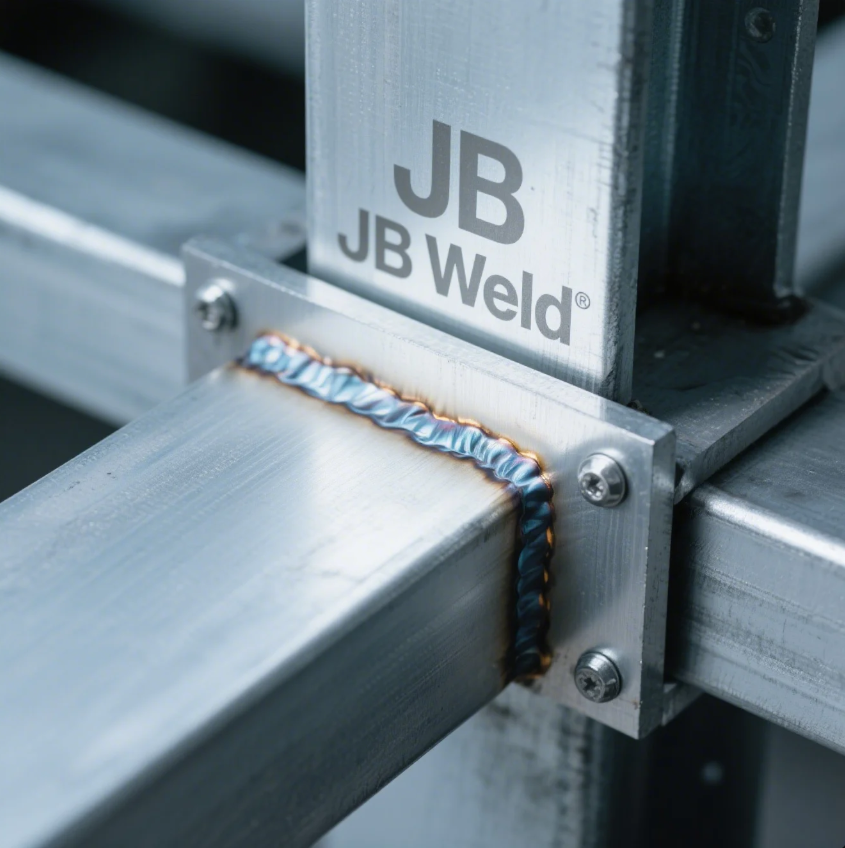
Even the best epoxy will fail if you skip surface prep.
To prepare aluminum for J-B Weld, remove the oxide layer, clean the surface, and roughen it for better grip.
Step-by-step prep process
Here’s what I personally do when bonding aluminum at Prime:
- Degrease the surface using isopropyl alcohol or acetone
- Remove oxidation with a stainless steel wire brush
- Sand the surface with 80–120 grit paper to increase contact area
- Wipe again with alcohol to remove dust
- Apply epoxy evenly and clamp if possible
Skipping any of these steps almost always results in a weak bond or failed joint.
Table: Aluminum Surface Prep Checklist
| Step | Purpose |
|---|---|
| Degreasing | Removes oils and residues |
| Oxide removal | Improves chemical adhesion |
| Sanding (80–120 grit) | Increases surface area |
| Final alcohol wipe | Eliminates particles |
| Clamp during cure | Ensures contact pressure |
Prime’s engineering team often shares these guidelines with customers using adhesives on pre-fabricated parts, ensuring consistent performance in the field.
Conclusion
J-B Weld works on aluminum for low-stress jobs—but proper prep and expectations are key to success.
Need a stronger, cleaner solution for bonding or welding aluminum?
Contact Prime today for expert advice, ISO-certified welding, and CNC aluminum parts.
We ship globally and offer free quotes, fast production, and tailored bonding solutions.
Reach out now and get it right the first time.

